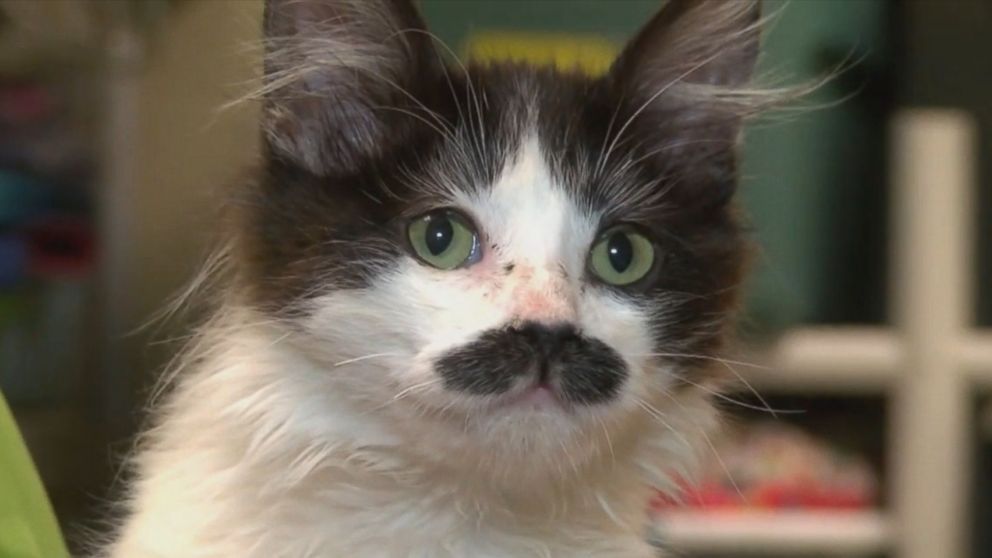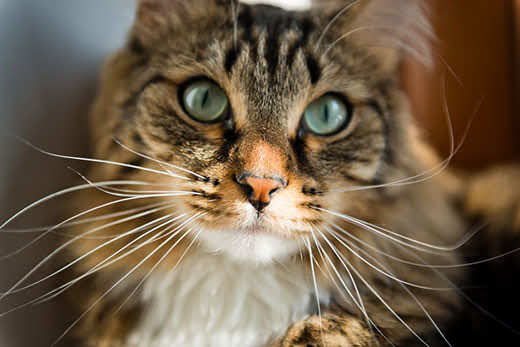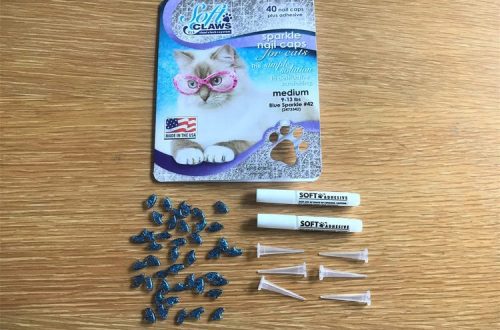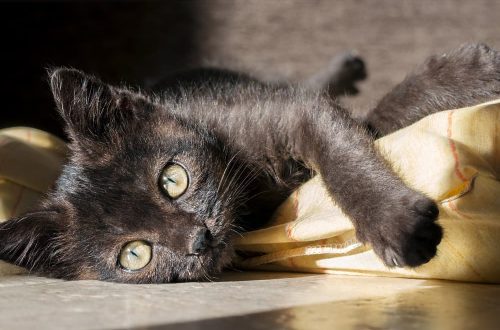
Why does a cat need a mustache
A cat would not be a cat without its distinctive feature – whiskers, which are scientifically called vibrissae. But why do cats need whiskers and how do they help in their daily lives?
Whiskers play an important role in a cat’s ability to sense the world around them. Here’s what you need to know about this unique feature of your furry beauty.
Contents
What are vibrissae
Although they look like antennas or radars, vibrissae are highly sensitive hairs made of keratin, a protein found in the lining of a cat’s claws. Vibrissae, which are also called tactile hairs, go under the skin of a cat much deeper than wool, and each follicle, that is, the junction of the mustache with the body, has many sensitive nerve endings.
Vibrissae on the face of cats are the most noticeable and are a distinctive feature of their appearance. There are 24 vibrissae, which are distributed equally – 12 on each side. As a rule, the length of the whiskers is proportional to the width of the cat’s body, notes Animal Planet. But if she suddenly gains a few extra pounds, this does not mean that her mustache will become longer.
Cats also grow vibrissae on their chin, above their eyes, and on the back of their front paws. According to the Guinness Book of Records, the longest feline whiskers in history belong to a Maine Coon named Missy, who was noted for a mustache 19 centimeters long.
Why does a cat need a mustache
Cat whiskers are not just hair. It is a finely crafted instrument associated with one of the cat’s five senses, touch. The mustache helps her to navigate in space, including whether she can pass through a narrow doorway. The mustache also helps the pet express its feelings and detect prey. All of the cat’s vibrissae work together as a single “sense of touch” to help the cat maneuver around furniture or catch a catnip toy.
 The whiskers allow the cat to “see” in the dark, catching the air currents surrounding it and allowing it to determine the exact location and size of the desired object.
The whiskers allow the cat to “see” in the dark, catching the air currents surrounding it and allowing it to determine the exact location and size of the desired object.
Why do cats have long whiskers? They are also a communication tool and help her express her dissatisfaction. As the Cornell University College of Veterinary Medicine describes, a cat’s whiskers that are “down or pressed against the muzzle” are a sign of aggression.
What is “cat whisker fatigue”
As Cat Health explains, cat whisker fatigue is a condition where a cat’s whiskers become sensitive due to repetitive activities such as touching food and water bowls. This leads to soreness and irritation.
The symptoms of a tired mustache are as follows:
- the cat takes food out of the bowl with its paw instead of lowering its head into it;
- shows signs of stress while eating.
If the owner suspects that the cat has whisker fatigue syndrome, Cat Health recommends replacing the cat’s food and water bowls with shallower ones so that the animal has more room for the whiskers to move freely. To find out if the cat has other health problems, especially if the whiskers have begun to fall out, you need to consult a doctor.
Can you trim a cat’s whiskers?
As with hair trimming, if you accidentally cut off the tip of the mustache during nail trimming or before a medical procedure, it will not harm the animal.
“The mustache will grow back in a couple of months and it won’t hurt to cut it because there are no nerve endings in the mustache itself,” says Dr. Leonie Richards, associate professor and chief veterinarian at the University of Melbourne, in an article for Science Daily.
But in no case should vibrissae be cut off or pulled out intentionally. It is best to always stay away from their follicles, which are extremely sensitive to pain. Trimming a cat’s whiskers can lead to disorientation, dizziness, and fear. The animal loses its sense of direction and cannot maneuver its body.
Don’t be alarmed if you occasionally find whiskers falling out, usually near a cat’s feeding area. With age, vibrissae in pets begin to fall out, but new ones grow in their place. When a cat reaches old age, its whiskers may turn gray. This is a normal sign of the aging process.
It’s best to leave your cat’s whiskers alone and let them do their job of keeping your fluffy pet healthy and well.





